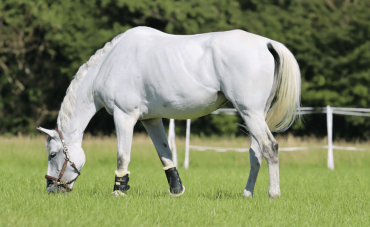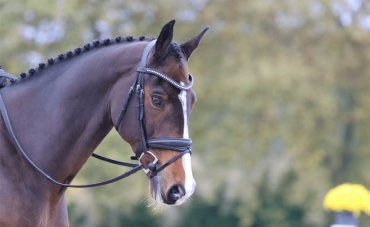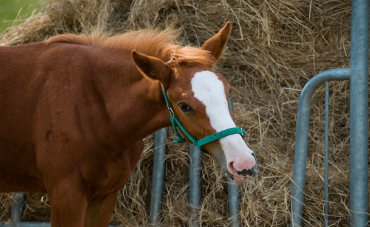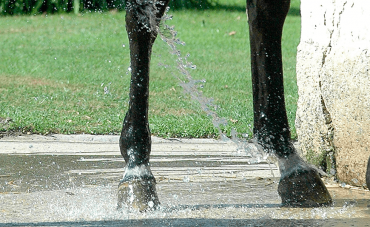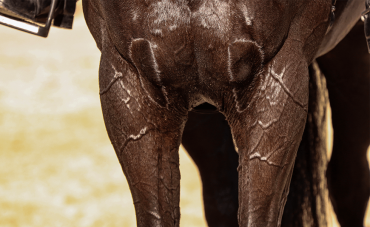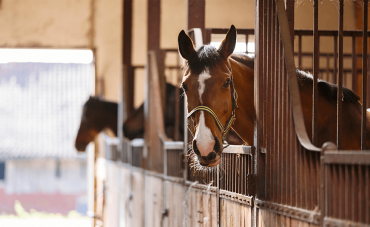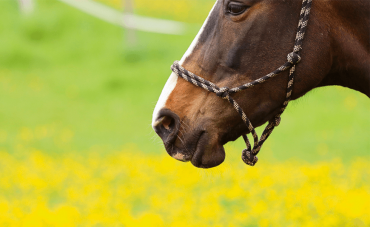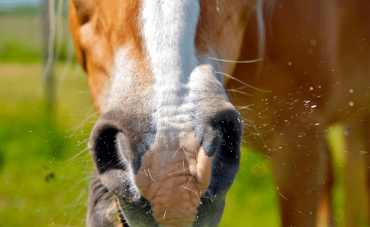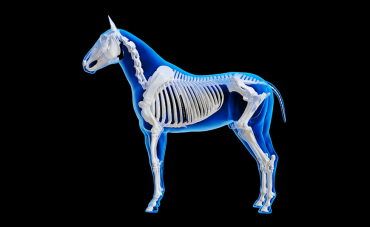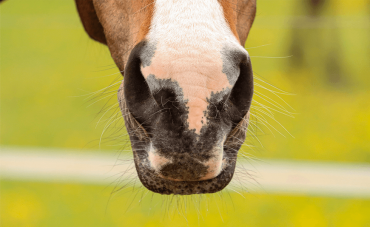Osteoarthritis is a condition that develops when the damage to a joint becomes irreparable. It is often associated with joints experiencing significant strain, such as during sports activities or as the body ages.
What is it?
Cause
The lifespan of cartilage largely depends on the activity of chondrocytes. This involves a cycle of destructive phases during joint movement, followed by reconstruction phases. As long as chondrocyte activity remains balanced, and damaged cartilage has the opportunity to rebuild, it remains healthy and functional. Osteoarthritis occurs when the damage is too extensive to be repaired, a situation often linked to the significant stress placed on joints during physical activity and the natural ageing process.
Systemic Effects
In the early stages of the disease, cartilage becomes disorganised, showing surface fissures that eventually develop into deep cracks. As these cracks widen, small pieces of cartilage break off and enter the joint synovial fluid, acting as foreign bodies that cause irritation. Gradual expansion of these cracks leads to cartilage thinning and, in some cases, complete disappearance. When the bone is exposed to friction, it results in pain. Around the edges of the joint, the reconstruction process can become uncontrollable, leading to the formation of osteophytes, often referred to as "parrot beaks."
Additional Information
Horses suffering from osteoarthritis experience continuous pain when moving the affected joint. This discomfort tends to be most pronounced at the start of exercise, improving after the horse warms up or during exercise. The severity of pain can vary among horses and may occur in unpredictable episodes of varying duration.
The joints may become deformed to a greater or lesser extent, either due to osteophytes (sometimes felt as hard masses under the skin at the joint's edge during palpation) or as a result of inflammatory effusions such as "windgalls" or synovitis, which affect more mobile joints like fetlocks, knees, fetlock, and hock.
Tests
Standard Tests
Following the preliminary examination, the veterinarian will evaluate the horse's limbs and spine, feeling for signs of pain or deformities in the joints. They will then assess the functionality of the joints by gently moving them. The veterinarian will also observe the horse's movement at different speeds, both in straight lines and during circles, identifying points of discomfort or lameness. Once the painful joint is identified and confirmed through local anaesthesia, if applicable, X-rays and possibly an ultrasound will be conducted.
Additional Tests
To further refine or confirm the diagnosis and assess the disease's progression and the horse's prospects, your veterinarian may recommend additional tests, particularly for racing and sport horses.
- Ultrasound: This is used to assess cartilage conditions, particularly thickness, in specific areas of the joint periphery.
- Arthroscopy: A surgical procedure performed under general anaesthesia, it allows for detailed exploration of the joint's interior using a camera.
- CT scan, MRI scan, or bone scan: These high-performance but costly examinations are employed in complex cases.
Treatment
To alleviate pain and inflammation, veterinarians administer systemic anti-inflammatory drugs either through intravenous injection or oral means. They may also recommend products designed to protect cartilage.
Primary Treatment Guidelines
Veterinarians use systemic anti-inflammatory drugs to relieve pain and inflammation through intravenous injections or oral medication. Products for cartilage protection are also recommended. The specific treatment plan may include a series of injections administered weekly or daily, depending on the prescribed medication and the context.
Nutritional Solutions
Veterinarians may suggest a daily supplement containing GAGs, a natural cartilage component, and hydrolyzed collagen. Ekyflex Arthro Evo, offered by Audevard Laboratories, is a supplement enriched with plant-based glucosamine, Peptagen II® (mix of collagen precursor amino acids specially adapted for horses), Phytosterols from advocado and soy unsaponifiables (ASU), Proanthocyanidins (PAC) from grape seed extract and grape skin, and other joint-supporting ingredients. Consult your veterinarian for recommendations.
General Health and Safety Measures
The farrier plays an essential role in supporting horses with osteoarthritis. The shoe should take into account the straightness of the horse's legs, the terrain on which the horse usually lives and works, and the type of exercise it undertakes.
To minimise joint damage, it is advisable to exercise horses on soft, high-quality terrain, ensuring that they warm up before engaging in physical activity. Monitoring the horse's weight is essential, as excess weight, just as in humans, places undue strain on joints.

